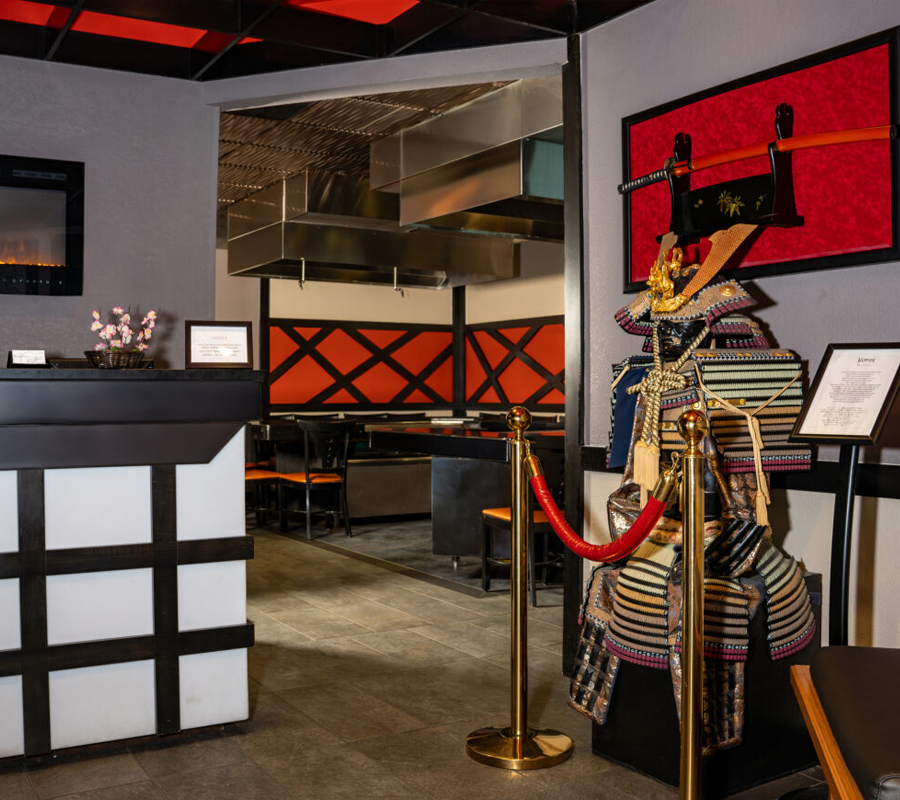Shrimp, Scallops, or Both?
If you’re a seafood lover, you may enjoy eating both shrimp and scallops. But for some, one is a favorite over the other, especially since the tastes and textures of each are different. If you’ve ever wondered what the true differences are between the two, you’ve come to the right place to find out. The …



